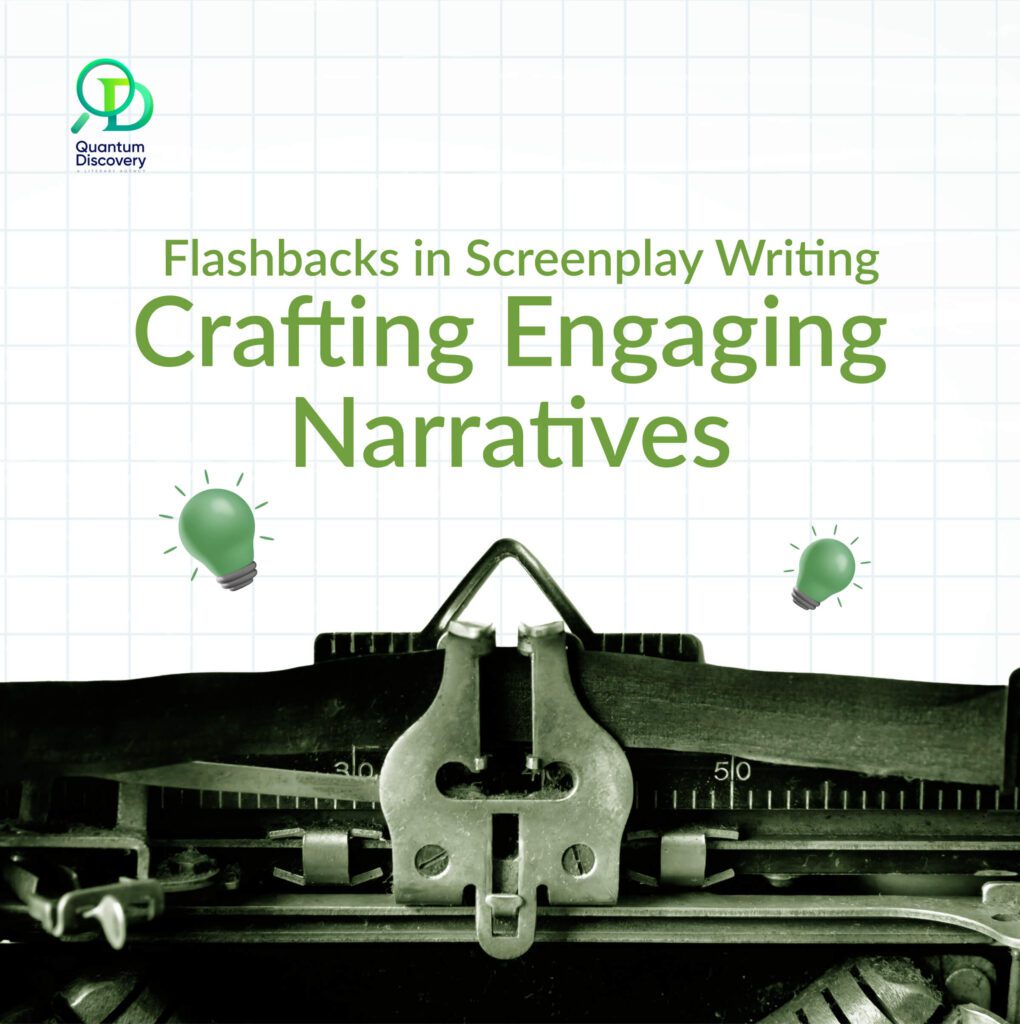In storytelling, screenplays play a pivotal role in bringing narratives to life on the silver screen. One powerful technique that screenwriters often employ is the use of flashbacks. Flashbacks provide a unique way to enhance the depth and complexity of characters, reveal crucial information, and engage the audience on a deeper level. In this article, we will delve into the art of incorporating flashbacks into screenplay writing, exploring their significance, techniques, and impact.
The Essence of Flashbacks
What are Flashbacks and Why Use Them?
Flashbacks are narrative devices that transport the audience back in time, allowing them to witness events that occurred before the present moment of the story. These glimpses into the past serve various purposes, such as providing context, revealing character motivations, or unveiling hidden secrets. By interrupting the chronological order of the narrative, flashbacks create intrigue and compel the audience to piece together the puzzle of the story.
The Power of Emotional Resonance
One of the key advantages of utilizing flashbacks is their ability to evoke emotions. By revisiting significant moments from a character’s past, writers can elicit empathy and understanding from the audience. Whether it’s a heart-wrenching childhood memory or a joyful moment of triumph, these emotional connections deepen the viewer’s engagement with the story.
Techniques for Effective Flashbacks
Seamlessness through Transitions
Smooth transitions between the present and the past are essential for a seamless viewing experience. Writers should aim to integrate flashbacks organically, avoiding abrupt shifts that could confuse the audience. Techniques like visual cues, voiceovers, or changes in lighting can signal a transition into a flashback, guiding the viewer’s perception.
Layering Information
Flashbacks are not just about revisiting the past; they are opportunities to layer information and reveal hidden depths. Writers can strategically unveil details over multiple flashbacks, creating a sense of intrigue and a desire to uncover more. This gradual revelation keeps the audience invested and hungry for more information.
Maintaining Narrative Flow
While flashbacks add depth, they should enhance the narrative flow rather than disrupt it. Writers must strike a balance between the present and the past, ensuring that each flashback contributes to the overarching story and character development. This harmony between time frames keeps the audience engaged without overwhelming them.
Impact and Significance
Fostering Character Development
Flashbacks offer a unique lens through which characters can be developed. By showcasing pivotal moments from a character’s past, writers can illuminate their motivations, fears, and growth. This multi-dimensional portrayal adds richness to the characters, making them more relatable and compelling.
Enhancing Plot Dynamics
Intricately woven flashbacks can also serve as catalysts for plot progression. By revealing critical information through these glimpses into the past, writers can steer the story in unexpected directions. This element of surprise maintains the audience’s intrigue and keeps them invested in the unfolding events.
The Art of Writing Compelling Flashbacks
Crafting Realistic Dialogue
When writing dialogue for flashbacks, authenticity is key. Characters should speak in a manner consistent with their past selves, reflecting their growth and experiences over time. This attention to detail adds credibility to the narrative and reinforces the believability of the characters’ evolution.
Visual Storytelling
Visual elements play a pivotal role in flashbacks. Writers should leverage descriptive language to create vivid imagery that transports the audience into the past. By engaging the senses, writers can immerse viewers in the world of the characters and evoke a powerful emotional response.
Conclusion
Incorporating flashbacks into screenplay writing is an art that requires finesse and creativity. These narrative tools have the power to deepen character development, enhance plot dynamics, and evoke profound emotional connections with the audience. By seamlessly weaving the past into the present, screenwriters can craft engaging and unforgettable stories that resonate long after the credits roll.
Frequently Asked Questions
- What is the purpose of using flashbacks in screenplay writing?
Flashbacks serve various purposes, such as providing context, revealing character motivations, and adding emotional depth to the narrative.
- How can writers transition smoothly between flashbacks and the present storyline?
Techniques like visual cues, voiceovers, and changes in lighting can help signal transitions between flashbacks and the present.
- Do flashbacks disrupt the narrative flow?
Flashbacks should enhance the narrative flow by contributing to the overall story and character development.
- Can flashbacks influence plot progression?
Yes, intricately woven flashbacks can reveal critical information that steers the plot in unexpected directions.
- What role does visual storytelling play in flashbacks?
Visual storytelling through descriptive language immerses the audience in the past, evoking a powerful emotional response.
